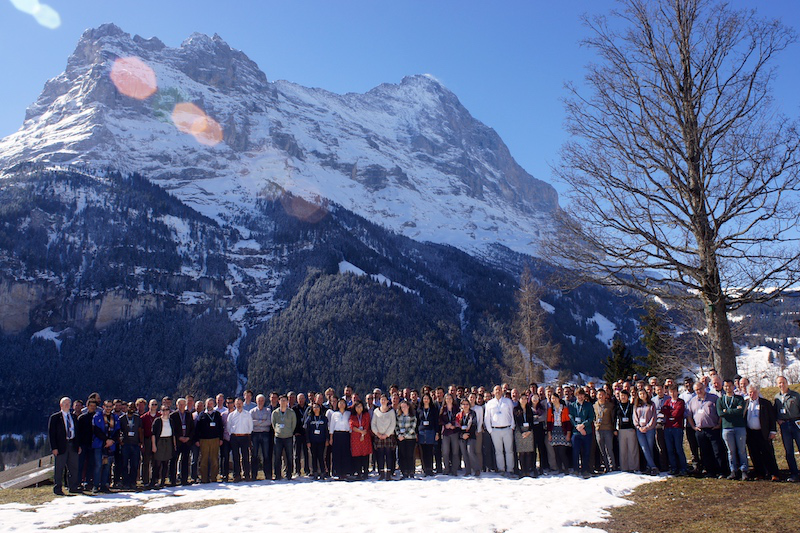Speaker
Description
It is quite common to find periodic signals in time series of precise radial velocities that cannot unambiguously be attributed either to a planetary companion or to intrinsic variability of the star. In such cases, plausibility criteria (e.g., fit quality, expected “typical” RV jitter, dynamical stability) and different types of additional information (e.g., stability of line profiles or line bisectors, color dependence of RVs, activity indicators, photometry) have been used to decide between the two possibilities; sometimes a clear conclusion is just not possible.
I will present methods intended to separate planet detections from RV “noise” with emphasis on K giants and M dwarfs, and discuss the results.
K giants are particularly difficult in this respect, as they display relatively large intrinsic RV variations, which are only partially understood, and depend strongly on the specific parameters (temperature, gravity, evolutionary state) of each individual star. A survey of the literature shows rather large differences in the ways that intrinsic RV variability has been taken into account, and consequently in the reliability of published planets orbiting giant stars. I will report on progress towards compiling a consolidated sample of these planets.
The CARMENES instrument has been optimized and built specifically for an RV survey of M dwarfs. It covers multiple activity indicators and a wide wavelength range; the data reduction pipeline produces several diagnostics on line indices, line shapes, and color dependence of the RV by default. I will discuss how these are taken into account in the scientific exploitation of the CARMENES survey, in order to characterize M dwarf activity, and to establish low-mass planetary companions with high confidence.
I will conclude with some general “lessons learned” from these projects, regarding best practices in publishing planet detections in RV data, and the design of spectrographs and survey strategies that facilitate planet detections in the presence of stellar RV variability.

